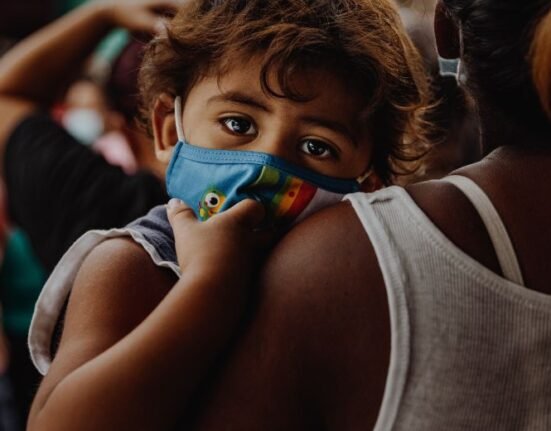HQ Team
May 6, 2025: Social determinants such as quality housing, education, and job opportunities can influence people’s health outcomes more than genetic influences or access to healthcare, according to a WHO report.
“Our world is an unequal one,” said WHO Director-General Dr Tedros Adhanom Ghebreyesus. “Where we are born, grow, live, work, and age significantly influences our health and well-being.”
“But change for the better is possible. This World report illustrates the importance of addressing the interlinked social determinants and provides evidence-based strategies and policy recommendations to help countries improve health outcomes for all.”
Social determinants can be responsible for a dramatic reduction of healthy life expectancy— sometimes by decades—in high- and low-income countries alike.
33 years shorter life
For example, people in the country with the lowest life expectancy will, on average, live 33 years shorter than those born in the country with the highest life expectancy, according to the report.
The report stated that inequities in health are closely linked to degrees of social disadvantage and levels of discrimination.
“Health follows a social gradient whereby the more deprived the area in which people live, the lower their incomes are, and they have fewer years of education, poorer health, with less number of healthy years to live.”
These inequities are exacerbated in populations that face discrimination and marginalisation. “One of the vivid examples is the fact that Indigenous Peoples have lower life expectancy than non-Indigenous Peoples in high- or low-income countries alike.”
The World Report on Social Determinants of Health Equity is the first of its kind published since 2008, when the WHO Commission on Social Determinants of Health released its final report laying out targets for 2040 for reducing gaps between and within countries in life expectancy, childhood and maternal mortality.
Missing targets
The 2025 World Report shows that these targets are likely to be missed.
According to the report, there was sufficient evidence to show that health inequities within countries are often widening.
WHO data cited that children born in poorer countries are 13 times more likely to die before the age of 5 than in wealthier countries.
The report showed that while there was a 40% decline in maternal mortality globally between 2000 and 2023, low- and lower-middle-income countries still account for 94% of maternal deaths.
Women from disadvantaged groups are more likely to die from pregnancy-related causes. In many high-income countries, racial and ethnic inequities in maternal death rates persist; for example, in some areas, Indigenous women were up to three times more likely to die during childbirth.
Gender inequality
There are also strong associations between higher levels of gender inequality, including child marriage, and higher maternal mortality rates.
Measures to address income inequality, structural discrimination, conflict, and climate disruptions were key to overcoming deep-seated health inequities, according to the report.
Climate change, for example, is estimated to push an additional 68–135 million people into extreme poverty over the next five years.
Currently, 3.8 billion people worldwide are deprived of adequate social protection coverage, such as child or paid sick leave benefits, with direct and lasting impact on their health outcomes.
High debt burdens have been crippling the capacity of governments to invest in these services, with the total value of interest payments made by the world’s 75 poorest countries increasing fourfold over the past decade.
“Social injustice kills on a grand scale,” the WHO Commission on the Social Determinants of Health in 2008 stated.








